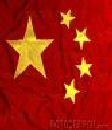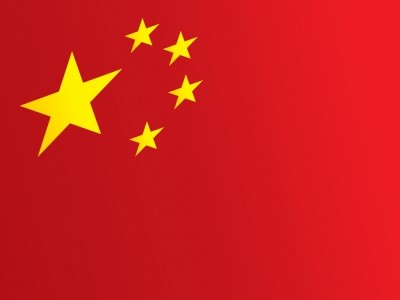Focused product strategy key to Chinese choc market success, say analysts

Leatherhead Food Research data puts the Chinese confectionery output volume at 1.45 million tonnes annually.
Volume sales of chocolate, it reports, are worth over 200,000 tonnes, with a market value of RMB9.5bn, while the sugar confectionery segment in China had tonnage in the region of 875,000 in 2010 and a market value of RMB14bn.
Penetration in urban areas is 40 per cent, while around half is bought as a gift, notes Leatherhead regarding chocolate market dynamics in the Asian powerhouse.
Data from the market research firm shows Mars leading the chocolate market in China with 15 per cent of sales, despite the self-consumption trend in that category only taking off in China in the mid-to-late 1990s, with chocolate in that market previously a predominantly gifting business.
Patience and deep pockets have kept Mars dominant in the Chinese chocolate segment, according to industry insider Lawrence Allen, in a conference call on growth opportunities for multinationals in emerging markets with Sandford Berstein.
Allen in his book, Chocolate Fortunes, has evaluated the strategies of the global confectionery players as they have entered the Chinese market over the past 30 years.
Mars' success
“Mars' Dove product has emerged as the clear winner in the self-consumption market. Although, not initially well received, M&Ms and Snickers are also beginning to grow now that many Chinese consumers, led in particular by the younger generation of little emperors have begun to accept more Western tastes," remarks Allen.
Mars, he comments, was prepared to build its business in China for well over a decade before it reached breakeven. Whereas, “somewhat surprisingly, Nestle wanted to get there in three years,” claims Allen, who worked for both Nestle and Hershey in China.
Nestle faltered
The first rollout of Kit Kat in China for Nestle, according to Allen, faltered with the bar launched at a lower price point than other foreign chocolate and used a compound chocolate made with cocoa butter substitutes.
Moreover, the food giant did not invest enough in advertising, believing the brand alone would attract Chinese consumers, said the market expert.
A new full cocoa butter version of Kit Kat, recently launched by Nestle in the Chinese market, address past mistakes and "over time, the company could introduce other products to go up against Mars' M&Ms," comments Allen.
Ferrero has cornered the gifting business in China, reports the industry insider, with the company focusing on imports and building its business around a single, high-end product - its gold wrapped, premium Ferrero Rocher chocolates.
Cadbury remains "weak"
Cadbury, comments Allen, relied too heavily on market entry models that had worked elsewhere, such as in Singapore or Hong Kong, and also moved to local manufacture and in-house sales and distribution "too quickly".
The use of locally sourced milk played against the company in several ways, he remarks.
According to Allen, the milk gave a "cheese-type" taste in its leading brand Dairy Milk, but more crucially the "localised sourcing and production meant that Cadbury was the only company to have to remove product from the shelves due to trace amounts of melamine found during that scare of 2008."
Kraft/Cadbury`s business in China is still "very weak" in China, claims Allen.
However, he notes that Kraft`s Oreo wafers are doing well and this factor could "help its standing with retailers" but Allen stresses that the company still needs to devise a new product strategy.
Hershey collaboration
In terms of Hershey`s entry strategy in China, he said the US confectioner "tripped up" in 2004 based on management issues where its employee count fell from 200 to 10 and products were pulled from the shelves. But, continued the industry specialist, its joint venture with Lotte seems to be getting them "back in the game."
He said that Hershey initially got the balling rolling with its Hershey bars but soon "realised that its bite-sized Kisses product was more attuned to consumer needs."






